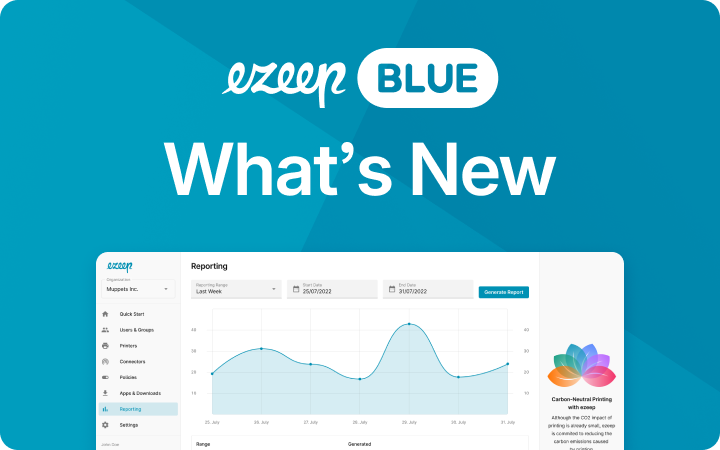Moving to the Cloud With Microsoft Entra ID Domain Services & AVD

With tools like Microsoft Entra ID and Azure Virtual Desktop, it’s now easier than ever to move your apps, processes and infrastructure into the cloud.
Here’s a look at Microsoft Entra ID (Entra ID), which was released a few years ago but has now gained more widespread attention after the release of Azure Virtual Desktop.
What Is Azure AD Domain Services?
Azure AD Domain Services (ADDS / AD DS) is the cloud variant of the standard Windows Domain Controller you’re most likely already familiar with. That means it’s a managed service for identity management with all of the resources you use being hosted on Azure.
Azure AD DS vs Domain Controller
In comparison to the classic Domain Controllers there are just a couple of differences to take note of with Azure AD DS:
- No extendable schema
- No domain or forest trusts
- No Enterprise or Domain Admin privileges
Aside from that, it supports domain joining for VMs, group policy application, lightweight directory access protocol (LDAP) and Kerberos / NTLM authentication, which is compatible with Active Directory. Another of its core strengths is that it also makes lifting-and-shifting assets to Azure extremely easy.
Azure AD Domain Services Pricing
Just like Azure Virtual Desktop, which we have explored in a range of other posts, the Azure AD Domain Services pricing is certainly attractive. You only pay for what you use and there are no upfront costs at all.
There are three different packages, Standard, Enterprise and Premium. Each offers differing frequencies of backups, Auth loads and object counts. Technical support comes too for an extra price.
If you need more help figuring out which package to choose, or more help on Azure AD Domain Services pricing in general, make sure you consult the pricing calculator.
Moving to the Cloud: ADDS, AVD and ezeep
Organizations aren’t just moving to the cloud for the sake of it either – there are a couple of benefits to be had which we can summarize quickly.
- Efficiency. Move on-prem servers and apps into the cloud, reducing the maintenance, updates or security measures that need to be taken care of as a result.
- Scale. Increase your flexibility. Need more or less capacity? Everything can be fine-tuned on demand.
- Availability. Resources and applications that use authentication can be “lifted-and-shifted” to the cloud and made accessible to the workers that need them.
- Add-ons. Keep processes adaptable and level up with cloud-based partner integrations when needed.
Lots of videos online give great proof of how it can be achieved and how ADDS looks like in practice.
In the video above, AADDS is used in combination with AVD and FSLogix in Azure Files Storages accounts, documenting all the steps your will need to take. This includes setting up AADDS, in addition to setting up a custom AVD deployment that’s linked to AADDS.
Once partner integrations, like ezeep (to connect your remaining on-premises printers to the cloud) are brought into the mix, a fully cloud-based environment becomes a viable alternative to classic 100% on-prem setups.

Azure Virtual Desktop Printing Solutions
Learn more about which solutions ezeep Blue offers your enterprise
